Best Kept Mammalwatching Secrets … Revealed!
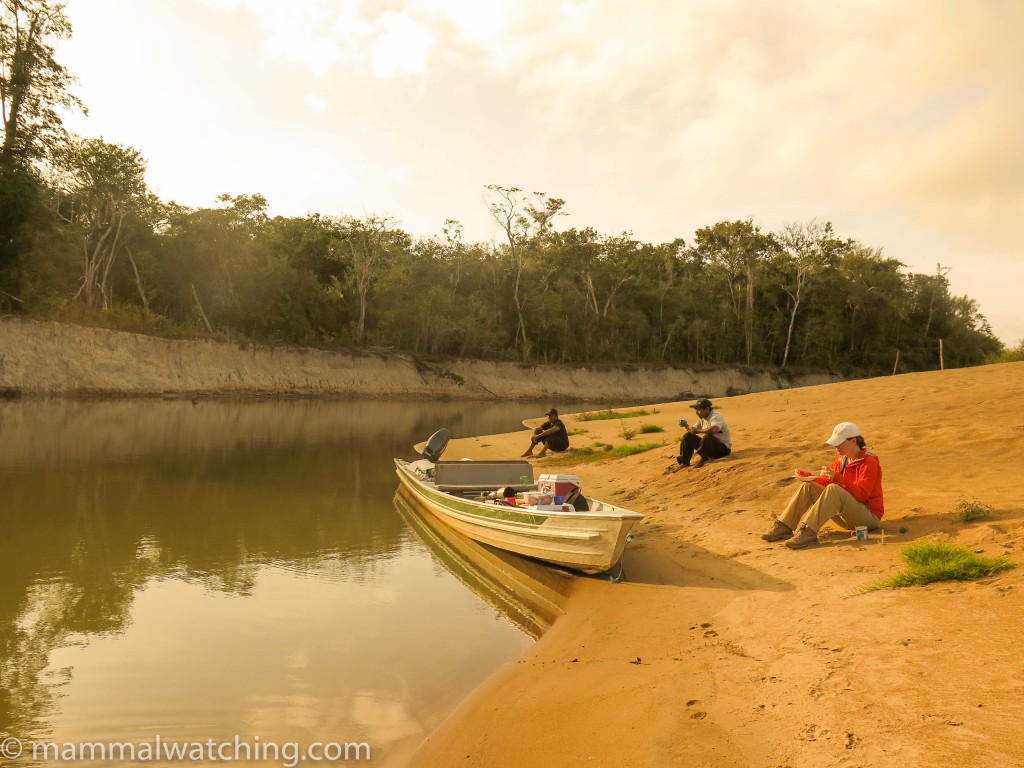
Guyana, 2015
Thanks to those who shared ideas on places around the world where the mammalwatching is (probably) good but trip reports are scarce. I know most of us can only dream of travel at the moment, but here are ten places that you might want to feature in those dreams. Is anyone planning to visit any of these post-pandemic?
Bolivia
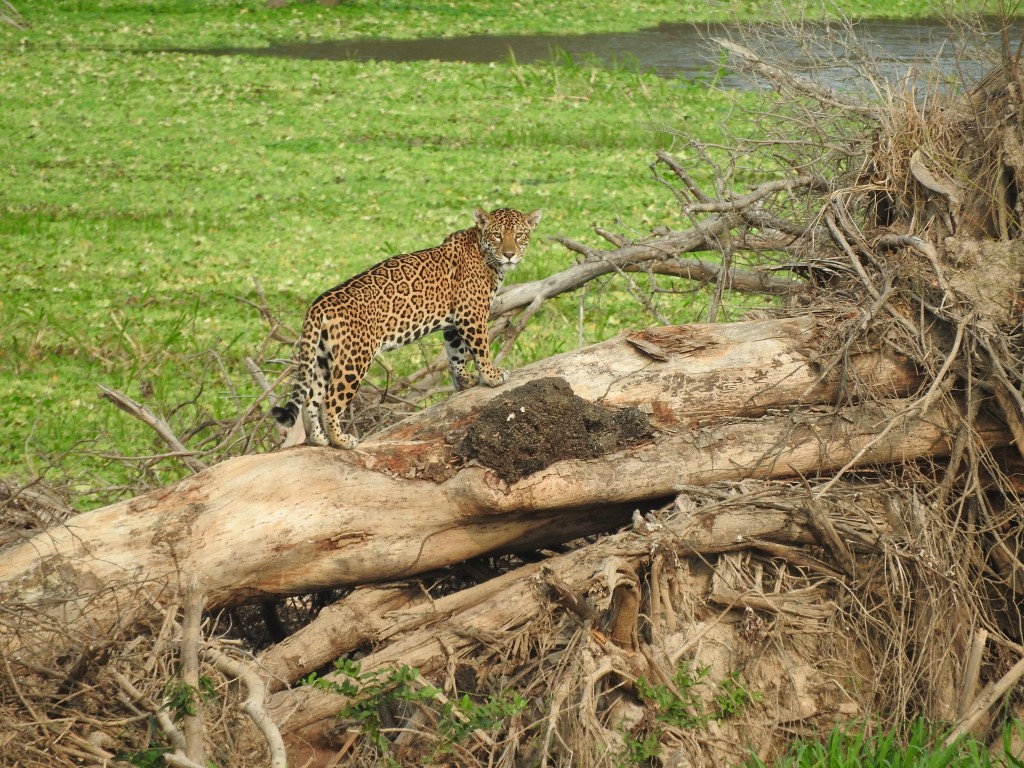
Jaguar Land Preserve, Bolivia. Photo Nicholas Mcphee
Although Brazil is famous as the place to see Jaguars, and the Brazilian pantanal is arguably the neotropic’s Serengetti, it comes at a price. Meanwhile just next door, Bolivia sees a fraction of the wildlife tourism, but might be even better for mammal watching, particularly cats. Check out this report: 5 Jaguars, 4 Ocelots, 2 Jaguarundis and a Puma … in just 3 days! Of course there is a lot more to Bolivia than this. There’s Amazon rainforest, chaco, the Atacama desert and the Andes, and much of the country is still empty and wild. I haven’t been but it is very high on my own list of places to visit.
Chad
Back in 2010 Chad’s Zakouma National Park was in bad shape after being ravaged by poaching. It has come a long way since then, with populations of large mammals, including Elephants, rebounding. Check out this spectacular video about the park. It is primarily the sheer spectacle of the park that makes it so attractive to me, but there are also some quite difficult to see mammals there, including Pallid Foxes and Red-fronted Gazelles.
Colombia
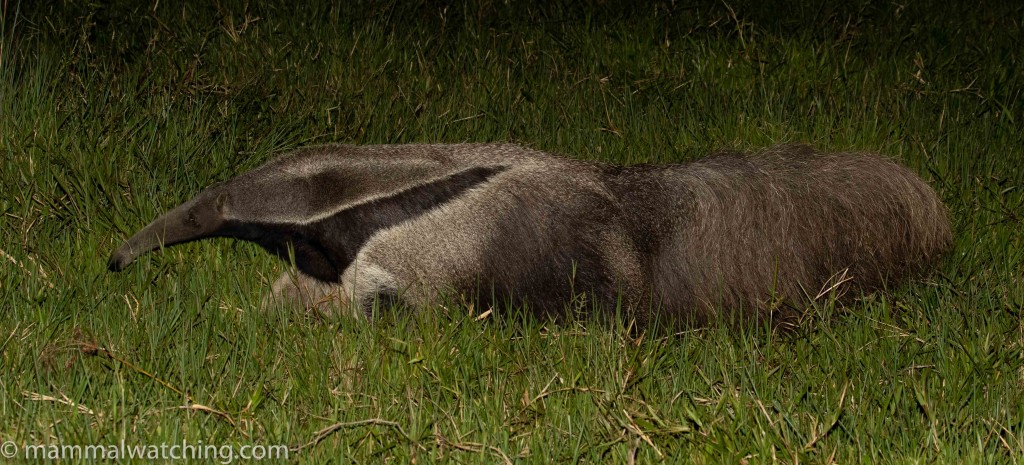
Giant Anteater, Villa Vincencio, Colombia
I haven’t crunched the numbers but I imagine Colombia might have the greatest diversity of mammals per square kilometre on earth. It is one of my favourite countries on the planet: the people, the food, the diverse scenery are all reason enough to visit. Throw in 450+ species of mammals, ten percent of which are endemic, and it becomes a mammalwatcher’s dream. I was just there in January but will definitely return again and again.
Guyana
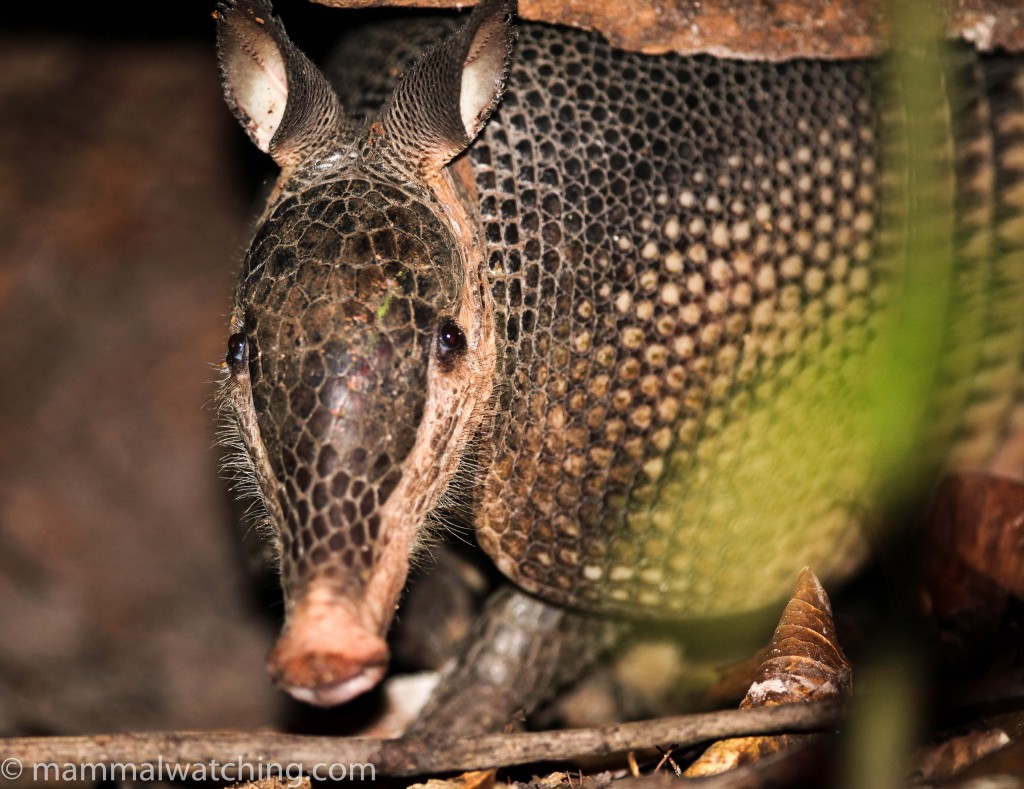
Greater Long-nosed Armadillo, Guyana
When I visited Guyana in 2015 I was told that more people visit Machu Picchu in a day than visit Guyana in a year. And it shows: there are just two reports from the country on mammalwatching in addition to mine. Guyana is mostly wilderness and the vast tracts of the Amazon rainforest there seem far emptier than other bits I have visited. Adventure and solitude aside, there are some excellent low key ecolodges and a lot of wildlife incuding several near endemic primates, Bush Dogs, Jaguars and a whole lot more. Plus the Kaieteur Waterfalls look incredible. And it is only a 5 hour flight from New York City.
Iran
By all accounts Iran – if you are able to visit – is wonderful. There is only one report on mammalwatching.com – from 2009 – that gives a taste for what is there. But Venkat Sankar highlighted some of the mammalian treasures for which there are fairly reliable sites: Sand Cat, Caracal, Pallas’s Cat, Ruppell’s and Blanford’s Foxes, Striped Hyena and Syrian Brown Bear among the carnivores. There’s also a nice set of ungulates and small mammals galore including plentiful jerboas, Calomyscus (Mouse-like Hamsters), Mouse-tailed Dormice and Afghan Pikas. Definitely a place to visit when things become less complicated.
Malawi
I lived in neighboring Zambia for a year but never made it to Malawi, though all my friends that did visit seemed to love it, not least for the change of pace, scenery and climate. There are only four reports on mammalwatching but this one – from Dominic Couzens – gives a feel for the place. Malawi has some interesting habitat – the Nyika Plateau for instance looks beautiful – and some cool and hard to see smaller mammals like Meller’s Mongoose. You can also walk freely in many of the national parks without getting eaten, which is something of a rarity in the region.
Myanmar (Burma)
Jammed between China, India and Thailand, Myanmar should have plenty of interesting mammals. But there is only one report on mammalwatching. I get the impression that this large country’s mammals have done better – at least in some areas – than in much of the rest of south-east Asia (see this WWF report for example). Myanmar have been largely closed to westerners for many years but is now opening up. The diversity is truly impressive with all the SE Asian cats, Banded and Spotted Linsangs, Red Pandas, Eld’s Deer and four Muntjac species. There are even rumours that there might still be some Sumatran Rhino left. Ooof!
Saudi Arabia
It used to be pretty much impossible to get a tourist visa to visit Saudi Arabia. And perhaps that is why there are no trip reports at all from here. But a few months ago they started admitting tourists for the first time (though I suspect this is now temporarily on hold because of COVID-19). Saudi Arabia is a major slab of the Arabian peninsula and home to most of the region’s wildlife. Whether or not it is easy to see remains to be seen, but I will be interested to hear when someone visits to mammalwatch, unless anyone has already?
Somali Region (Ethiopia) and Somaliland
Ethiopia is deservedly a popular mammalwatching destination. But not many make it to the Somali region, where there are great mammals like Dibatag, Harar and Silver Dik-diks, Rufous Elephant Shrew, Desert Warthog and Speke’s Pectinator (a species I love for its name as much as anything – pectinator sounds like it could be a high rank in the Health and Safety Inspector’s office). Meanwhile two superbly strange – both in their looks and behaviour – rodents ought to be around too: the colonial Naked Mole Rat and Crested Rats, which coat their fur in a poison they extract from a native shrub. But there are only two reports on the site: this report and this one. If you can get into Somaliland safely – still a bit of an “if” – there are chances to see the elegant Beira, while in nearby Eritrea it seems that you have a decent chance to see iconic African Wild Asses. I am planning – well probably more like hoping at the moment – to visit early next year.
West Papua
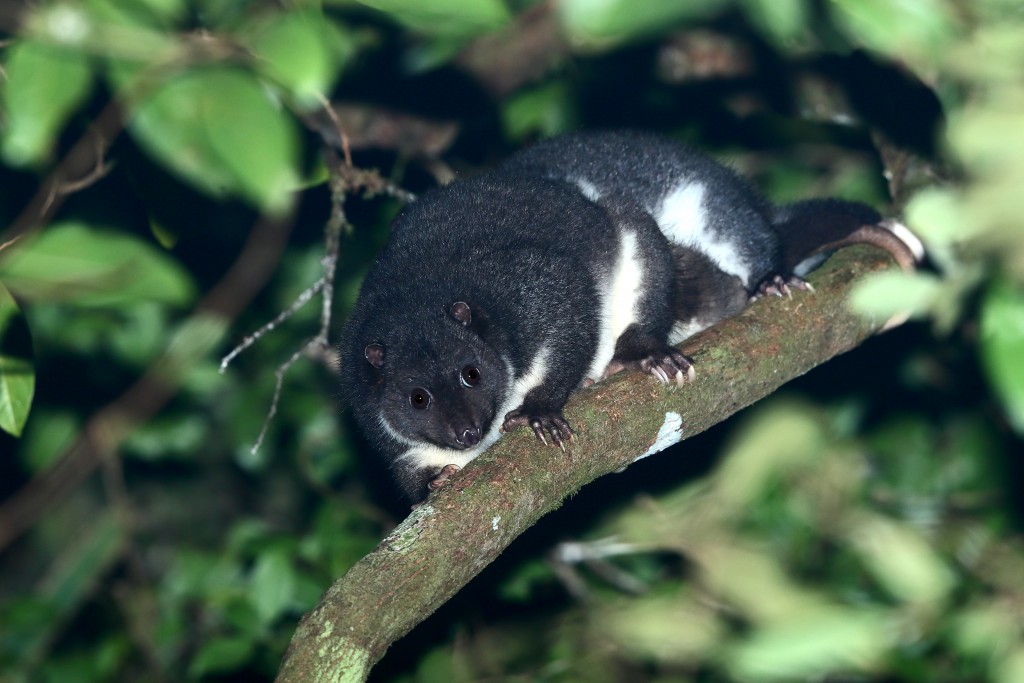
Stein’s Cuscus, Arfak Mountains, West Papua. Photo Carlos Bocos.
If like me you haven’t been to Papua New Guinea then just about all of the 250 or so mammals you might encounter are likely to be new. That is if you can actually see them: mammals here are notoriously difficult to find (Tim Flannery’s Throwim Way Leg is a great read and details his time – and difficulties – researching tree kangaroos on the island). But things might be looking up on the mammalwatching front, with thermal scopes in particular appearing to be especially effective in spotting stuff here, while there is now better infrastructure for eco tourism in West Papua in particular. There are some really exceptional mammals with increasingly good chances of seeing several cucuses, various tree kangaroos and even a Long-beaked Echidna. I am desperate to visit. Maybe 2022.
Yukon
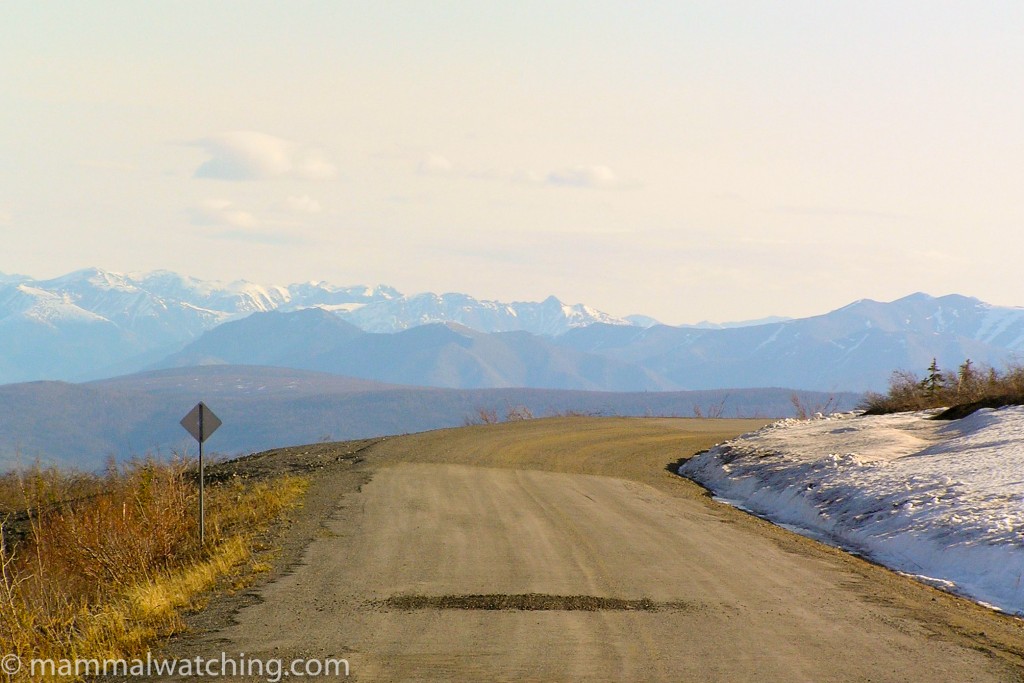
The Top of the World Highway
The Yukon was my first experience with the American arctic. Breathtaking scenery and mammals galore, though not the Lynx I was searching for. When compared to Alaska next door, it has a similar set of species but far fewer tourists: there are only four trip reports on mammalwatching, compared to 11 for Alaska. So if you are considering a trip to Alaska then why not take a look at the Yukon too.
22 Comments
-
-
Vladimir Dinets
Iran has 10 endemic mammals, plus a bunch of species that are very localized in adjacent countries. But it’s a big country and different parts have to be visited in different seasons; I think it would take at least 3 months (late March to early June or September to November) to explore properly.
-
John Pilgrim
Nice list, Jon! I was in Saudi Arabia for work in October 2016, and managed a quick side trip to Tanoumah in the south-west to look for the Arabian Peninsula bird endemics. Given high bird and plant endemism in the western Arabian mountains, I assume mammal endemism is also high there. I only had a weekend (one evening) and was focused on diurnal birds, so didn’t see many mammals during the hot days – though there were *lots* of Hamadryas Baboons about. However, when I was looking for owls on foot from my hotel one evening, I had a very close encounter with a Striped Hyaena and also saw a Wolf at fairly close range. Also a glimpse of what was probably a Caracal while driving one evening. Unfortunately, most of my time in country has been constrained by work, going out at night has been largely impossible (health and safety constraints at my work locations), and so sightings have been incidental – for example, I saw Indian Ocean Humpback Dolphin close to the Arabian Gulf in 2017.
I have found the travel logistics (car hire, hotels, etc.) surprisingly easy for a country which is not visited by many Western tourists. For general information, https://www.birdsofsaudiarabia.com/ is obviously focused on birds, but the best current amateur naturalist site on the country that I’ve found. The size of the country is a bit misleading – much of it is heavily overgrazed (by camels) and so now likely offers limited value for biodiversity. However, the Given the country’s politics, it wouldn’t be my first choice place to spend my money as a tourist, but I suspect there are a lot of interesting mammals in the more remote parts of the country…
-
Andrew Easton
We were going to go to Bolivia in the end July and the beginning of August. We are trying to reschedule, we will probably go next year.
-
-
-
BRUGIERE DOMINIQUE
Yes , look on the Refuge Décan website (decandjibouti). They know where are the Beiras. They have 2 camps where to sleep. The place where to sleep is Campement Assamo in the south. I think the best is to contact them, to ask them to provide a car with driver and knowlege where to look for the Beiras and of course to sleep in Assamo. I intended to contact them but have not done it yet.
Don’t expect to much in their Campements, they have mainly rescued animals. But wild Pelzen’s Gazelles seem not too difficult to see.-
-
Venkat Sankar
Dominique, it’s very cool that Beira are doable in Djibouti; I thought they were very difficult, as they only occurred at the one site near the Somaliland border. Foret du Day also seems great, with pectinator, Pelzeln’s Gazelle, Crested Rat, and Abyssinian Genet.
Vladimir, African Wild Ass may be already extinct in Somaliland. There might be a few left on the Nugaal Plain but the last stronghold now is Danakil (Lake Afdera in Ethiopia and the Buri Peninsula in Eritrea). AFAIK, Dibatag aren’t accessible in Somaliland either (if they persist), you have to go to Ogaden.
Though I agree Somaliland is more interesting than Djibouti for mammals… Speke’s Gazelle is only seeable now in Somaliland (where it’s still very easy). It’s the only place to see the “red sand endemics” like Somali Pygmy Gerbil, Somali Hedgehog, Somali Slender Mongoose, and Somali Elephant Shrew. Beira seems very easy (a matter of a few hours at the right spot).
-
-
-
-
-
Andy Holman
I was able to see beira and Spekes gazelle in Somaliland in November 2018 with the guide services of Abdi Jama. http://www.naturesomaliland.org
abdi@naturesomaliland.org
Dibatag are in the Ogaden.
(I have been procrastinating in doing a trip report but will try to get that done this month) -
Anita Ericson
We were a group of Swedes visiting Ethiopia and Djibouti on a combined bird- and mammaltrip nov/dec 2007.
In one week in Djibouti we had 21 species of mammals including Beira, Speke’s Pectinator, Crested Rat (which I unfortunate missed) and an ass believed to be African Wild Ass.
Birdwise we had a sensational observation of a young Northern Bald Ibis. -
-
Jan Ebr
Saudi Arabia was basically on the verge of becoming a major birding destination when the visa started (before corona came) because it has a plenty of species that are otherwise only in Yemen and is in the “new” definition of WP. I presume that once this gets underway, reports of interesting mammals will start coming in from birders. Yes, there are difficulties but it seems feasible to visit, it has been pretty high on our list since it opened. On the other hand, I expected that the reality will be basically like Oman: great wild nature with a lot of Red Fox and nothing else and then one or two mega sightings after 20 hours of spotlighting 😉
Is Bolivia really unknown? It has a piece of Pantanal, which is like top 5 nature in the world. I was in Bolivia in 2012 but only briefly and only in the Andes and it was in the times when I had no idea that you can actually see mammals, so all we have from there Is Andean Fox, Southern Mountain Vizcacha and Vicunas.
Guyana is among my other targets – or generally the “Guayanas” (G, French and Suriname) after a discussion I had on birdforum about which countries allow you to visit jungle on your own (spawned mainly by my massive failure to achieve anything like that in Ecuador). The main obstacle was that flight tickets were usually silly expensive – now if travel restarts in a few years, they will be expensive everywhere so it’s not gonna matter, yay!
From the other places, the Arctic is nice, but probably just a very few species (would like to visit anyway though) and Malawi looks great – I randomly learned about it because it was in some Lonely Planet for another nearby country that I had and so I read about it on a plane while being bored and it seems really “unafrican” with a plenty of places to freely hike. Iran is fine too, just visas and car rental are a hassle, the other countries seem to be difficult to do independently.
Leave a Reply
You must be logged in to post a comment.


Per Ole Syvertsen
Enjoyed reading this little note. For those that will visit Ethiopia in the future, it may be worth noting that naked molerats are also be found in more easily accessible parts of the country than the Somali region. They are not uncommon in the south, for instance at Debelawatchu between Yavello and Mega. At least they were in the 1990s. The craters with an exit hole are easily seeing, but of course the animal itself is more difficult, being subterranean. Although it is possible to lure them to the opening with a shoveler …